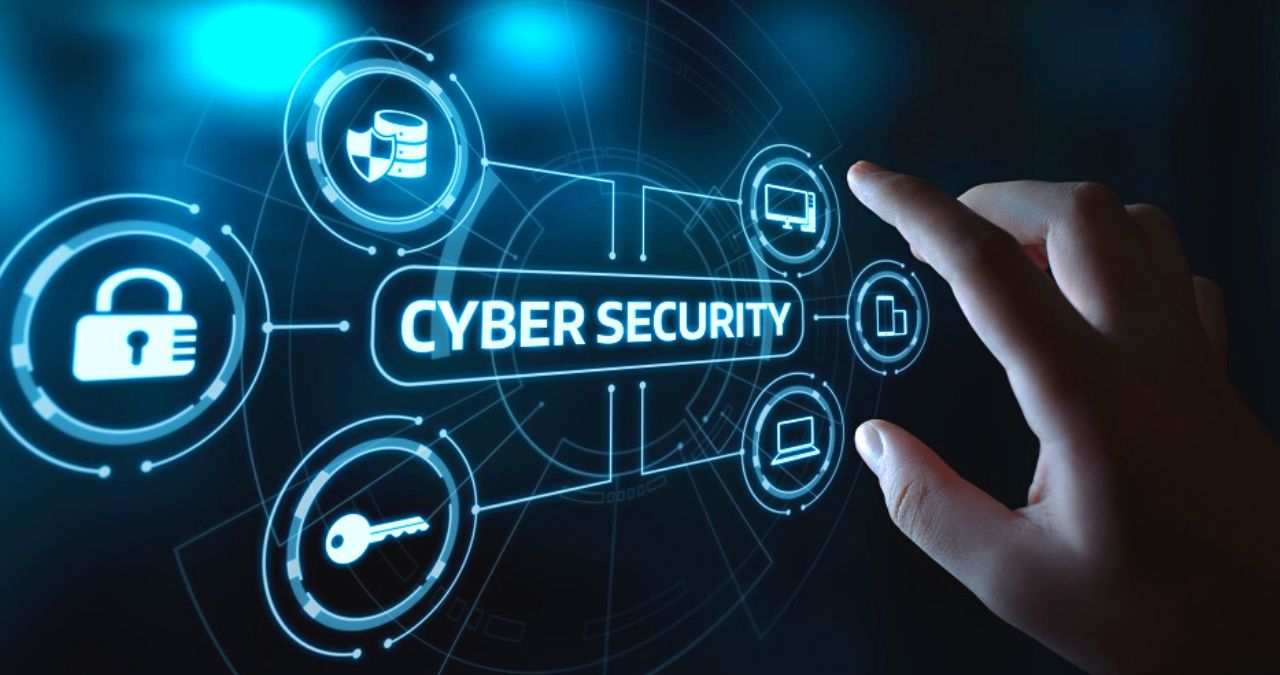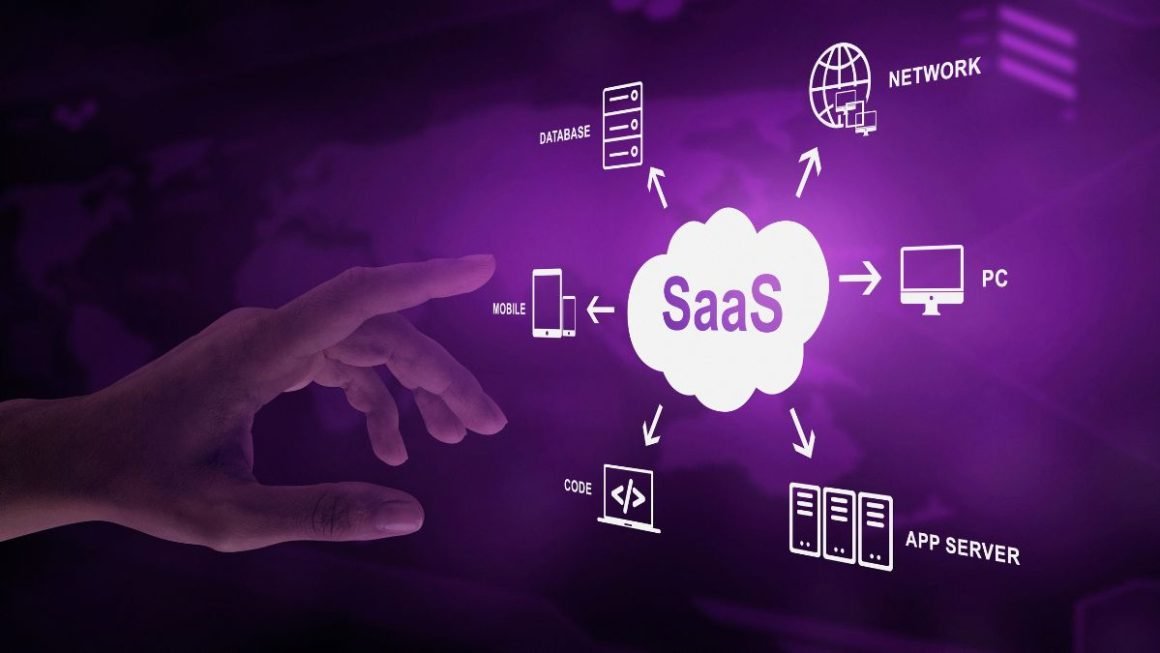Table of Contents
Security: a social issue
Cybersecurity And Privacy, Among the strategic priorities for our country, agreed upon at the European level, are digitization and innovation. But while waiting for this long-term technological breakthrough, large companies, SMEs, and the Public Administration have to face very concrete and current problems. Security is no longer an individual issue but a social issue, which requires us to undertake a cultural training course in order not to waste the investments allocated by the European Union. If an individual is the victim of a cyber attack or a data breach, the entire community will potentially pay the damage. The time has come for physical security professionals to collaborate with counterparties in IT departments to understand the true boundaries of perimeters and develop robust processes and governance capable of mitigating the risks of cyber attacks.
More and more alarming data
Globally, there were 1,871 serious attacks in the public domain detected in 2020. The sectors most affected were the so-called “Multiple Targets” (20% of the total, attacks carried out in parallel towards multiple objectives), Government, Military, Law enforcement and intelligence (14% of attacks globally), Healthcare (12%), Research / Education (11%), Online Services (10%). Banking & Finance (8%), Hardware and Software Technology Manufacturers (5%), and Critical Infrastructures (4%) have even seen an increase in such attacks.
Someone is already reacting.
In January 2021, Genetec conducted a survey aimed at physical security professionals operating in Europe, the Middle East, and Africa (EMEA). After an examination of the responses received, 1550 responses were included in the sample analyzed, which were published in the Report “Physical security in the EMEA area in 2021”. This study shows that 67% of respondents intend to prioritize improving their cybersecurity strategy in 2021. Despite a higher tax burden, most respondents also believe that the digital transformation of security and operations is critical.
Cyber hygiene
Here are some good practices to decrease the chances of falling victim to a cyber attack. Cyber hygiene guarantees a high level of cybersecurity throughout the supply chain, managing communication flows carefully, focusing on user training, and having cyber insurance.
The need to strengthen the entire IT security chain must push organizations to invest more resources to limit vulnerabilities. Through supply chain risk management, it is possible to count on a network of reliable partners and vendors with whom to work closely to have a clear picture of data protection and privacy policies.
User training
A cyber attack can have negative long-term consequences regarding data loss or economic damage. This is why it is essential to train employees, right from hiring, by explaining the importance of strategies such as choosing a strong password. We can all make mistakes, but with the right mindset and training, we can greatly reduce the risk of falling into traps set by hackers who deceive us with “social engineering” campaigns to obtain personal and private data. These suspicious or unusual messages must be identified promptly.
Cyber liability insurance
Many insurance companies now offer policies and packages to cover the risks associated with cybercrime. Investing in the right solution is, therefore, an essential part of the cybersecurity strategy. Precisely by virtue of the numerous possibilities, it will be essential to carefully read all the clauses to choose the most appropriate coverage and to clearly understand the compensation request process to avoid confusion and stress at a time when the attack will severely test you.
Also Read : Edge AI: Opportunities For The Sector And For The Community




